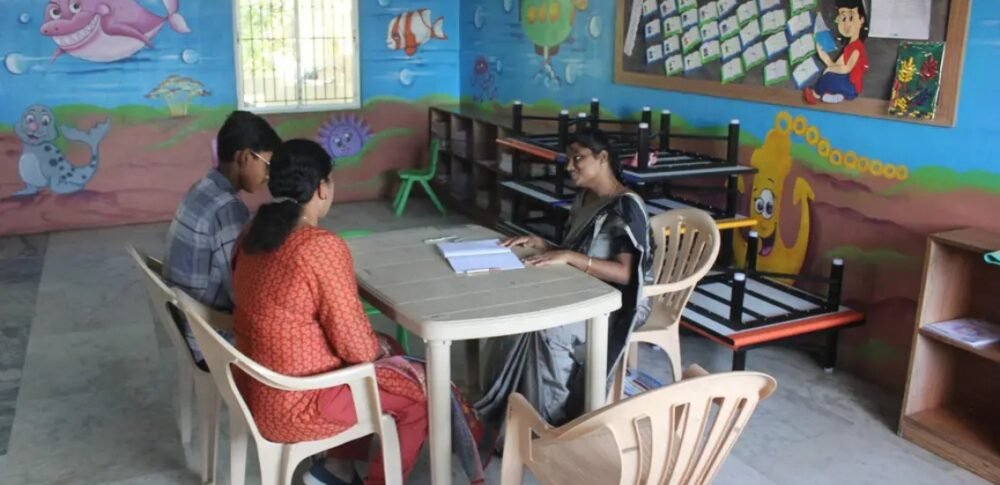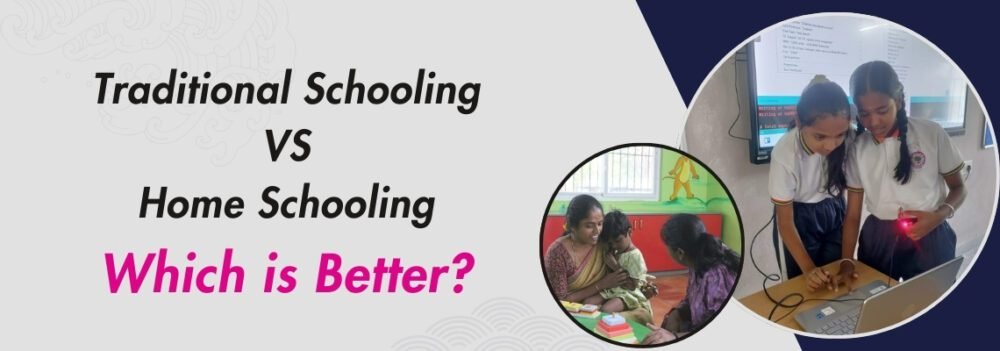The debate between traditional schooling vs home schooling has intensified in recent years, especially as parents seek the best educational environment for their children. While traditional schools offer structured learning and social interaction, homeschooling provides flexibility and personalized instruction. But which approach truly benefits a child’s development? Let’s explore the key differences, advantages, and challenges of both systems.
Understanding Traditional Schooling
Traditional schooling refers to the conventional model where students attend public or private institutions, following a standardized curriculum led by certified teachers. This system emphasizes classroom learning, peer interaction, and adherence to state or national education standards.
One of the biggest strengths of traditional schools is their structured environment. Students follow fixed schedules, participate in group activities, and engage in extracurricular programs like sports, arts, and clubs. These experiences help children develop time-management skills, teamwork, and a sense of community. Additionally, traditional schools provide access to resources such as libraries, labs, and specialized staff, which can enrich a student’s learning journey.
However, traditional education isn’t without drawbacks. Large class sizes may limit individual attention, and rigid curricula can stifle creativity. Students with unique learning needs or paces might struggle to keep up or feel unchallenged.
Exploring Home Schooling
Home-schooling allows parents or tutors to educate children at home, tailoring lessons to a student’s interests, strengths, and pace. This method has gained popularity for its flexibility, enabling families to design schedules around travel, religious values, or special needs.
A major advantage of homeschooling is personalized learning. For example, a child passionate about marine biology can dive deeper into oceanography, while another struggling with math can spend extra time mastering concepts. Homeschooling also fosters stronger family bonds and shields students from issues like bullying or peer pressure.
Yet, homeschooling demands significant commitment from parents, who must act as educators, planners, and motivators. Limited access to social settings and extracurricular activities can also impact a child’s interpersonal skills. Additionally, critics argue that homeschooling may lack accountability, as not all regions require standardized testing or curriculum oversight.
Social Development: Classroom vs Home
Socialization is a critical factor in the traditional schooling vs home schooling debate. Traditional schools expose children to diverse peers, teaching conflict resolution, collaboration, and cultural awareness. Daily interactions help students build friendships and adapt to social norms, preparing them for future workplaces.
In contrast, homeschoolers often socialize through community groups, co-ops, or sports leagues. While these interactions can be meaningful, they may not replicate the spontaneity or diversity of school environments. Parents must actively create social opportunities to ensure their child develops empathy and communication skills.
Curriculum Flexibility vs Standardization
Traditional schools follow set curricula aligned with educational standards, ensuring students meet grade-level benchmarks. This uniformity helps maintain consistency but may leave little room for creativity. For instance, a student interested in astronomy might wait years to explore it in a science class.
Homeschooling thrives on flexibility. Parents can choose curricula (e.g., Montessori, Waldorf) or mix resources to match their child’s learning style. A hands-on learner might study physics through experiments, while a book lover explores literature in depth. However, this freedom requires parents to research materials and track progress diligently.
Parental Involvement and Costs

Traditional schooling reduces the burden on parents, as teachers handle instruction and grading. Families only need to support homework and school events. Public schools are taxpayer-funded, making them cost-effective, though private institutions can be expensive.
Homeschooling demands time, effort, and often financial investment. Parents purchase curricula, supplies, and may forgo income to teach full-time. While online resources and homeschooling cooperatives can reduce costs, the responsibility remains substantial.
Academic Outcomes: What Research Says
Studies on traditional schooling vs home schooling show mixed results. Homeschooled students often perform above average on standardized tests, attributed to one-on-one instruction. They also tend to excel in college due to self-discipline.
Meanwhile, traditional students benefit from experienced teachers and structured exams, which teach accountability. However, overcrowded classrooms and varying teaching quality can affect outcomes.
Choosing the Right Path for Your Child
There’s no universal answer to the traditional schooling vs home schooling debate. Consider your child’s personality, learning style, and social needs. Traditional schools suit those thriving in structured, social settings, while homeschooling benefits self-directed learners or those requiring tailored approaches.
Evaluate practical factors like time, finances, and local homeschooling laws. Some families even blend both models through hybrid programs or online courses.
Final Thoughts
Both traditional schooling and home-schooling have unique merits. The “better” option depends on your child’s needs and family dynamics. By weighing academic goals, social development, and lifestyle, you can make an informed choice that nurtures their potential.


